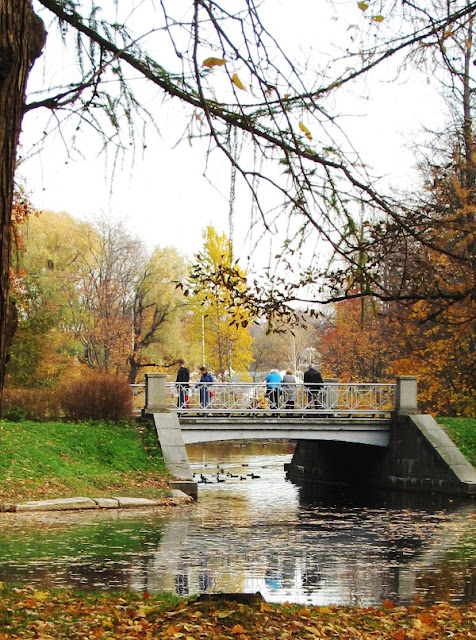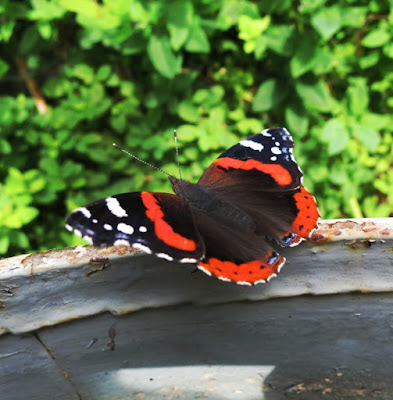Have yourself a merry little Christmas,
Let your heart be light
From now on, our troubles will be out of sight
Have yourself a merry little Christmas,
Make the Yule-tide gay,
From now on, our troubles will be miles away.
Here we are as in olden days,
happy golden days of yore.
Faithful friends who are dear to us gather near to us once more.
Through the years we all will be together
If the Fates allow
Hang a shining star upon the highest bough.
And have yourself a merry little Christmas now.
Here is this song performed by Frank Sinatra:
St. Isaak Cathedral, Christmas, Saint petersburg
'Griffon bridge' Saint Petersburg
Make the Yule-tide gay,
From now on, our troubles will be miles away.
Here we are as in olden days,
happy golden days of yore.
Faithful friends who are dear to us gather near to us once more.
Through the years we all will be together
If the Fates allow
Hang a shining star upon the highest bough.
And have yourself a merry little Christmas now.
Here is this song performed by Frank Sinatra:
St. Isaak Cathedral, Christmas, Saint petersburg
'Griffon bridge' Saint Petersburg



















































